Edible Amaranth (Amaranthus tricolor), also known as Bireum, Tampala, Tandaljo, Tandalja Bhaji, Callaloo, Joseph’s Coat, Chinese Spinach, Floramor, Flower-Gentle, and Fountain Plant, is a vibrant annual plant belonging to the Amaranthaceae family. Native to tropical Asia, this species is renowned for its stunning, multicolored foliage that adds a striking visual element to gardens.
This fast-growing plant thrives as a border, edging, or in mass plantings, creating a bold and colorful display. Its care requirements are simple, making it an excellent choice for gardeners looking to enhance their spaces with low-maintenance yet eye-catching plants.
| Common name | Edible Amaranth, Bireum, Tampala, Tandaljo, Tandalja Bhaji, Callaloo, Joseph’s Coat, Chinese Spinach, Floramor, Flower-Gentle, Fountain Plant |
| Botanical name | Amaranthus tricolor |
| Family | Amaranthaceae |
| Species | tricolor |
| Origin | Tropical Asia |
| Life cycle | Annual |
| Plant type | Annual |
| Hardiness zone | 2, 3, 4, 5, 6, 7, 8, 9, 10, 11 |
| Sunlight | Full Sun |
| Maintenance | Low |
| Drainage | Well-Drained |
| Growth rate | Medium |
| Spacing | 12 in. – 3 ft. |
| Flowering period | Fall |
| Height | 1 ft. 6 in. – 5 ft. |
| Flower color | Gold, Yellow |
| Leaf color | Gold, Yellow |
| Stem color | Gold, Yellow |
| Fruit type | Achene |
| Leaf benefit | Edible |
| Garden style | Drought Tolerant Garden |
I. Appearance and Characteristics
Amaranthus tricolor, known as edible amaranth, is a species of flowering plant in the genus Amaranthus, part of the family Amaranthaceae.
The plant is often cultivated for ornamental and culinary purposes. It is known as bireum in Korea; tampala, tandaljo, or tandalja bhaji in India; callaloo in the Caribbean; and Joseph’s coat in other areas, in reference to the Biblical story of Joseph and the coat of many colors. Although it is native to South and South-East Asia, A. tricolor is one of several species of amaranth cultivated in warm regions across the world.
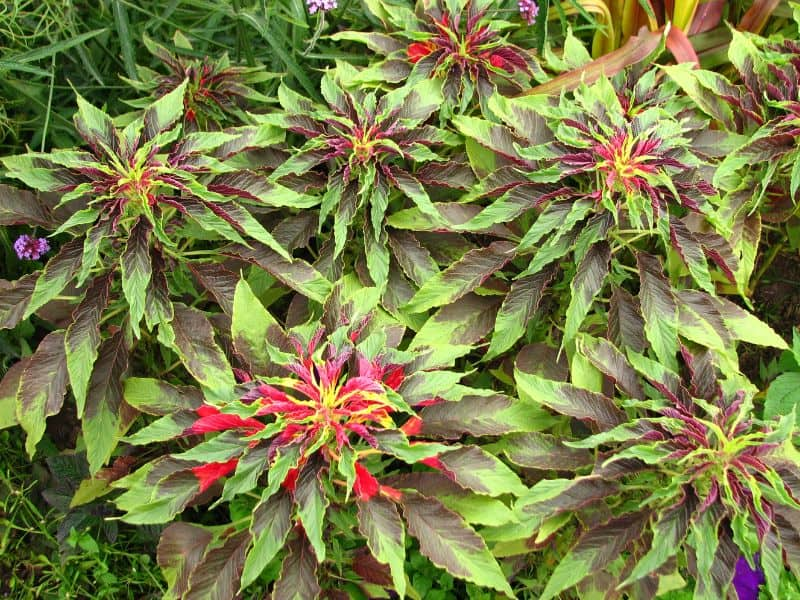
The leaves are what make Joseph’s coat spectacular and appealing to gardeners. They start out green and grow to 3 to 6 inches (8-15 cm.) long and 2 to 4 inches (5-10 cm.) wide. The green leaves turn into stunning bright shades of orange, yellow, and red as summer progresses. The flowers are not very ornamental.
II. How to Grow and Care
Sunlight
Joseph’s coat thrives best under partial sun conditions where it receives indirect or filtered light for most of the day. Its foliage color and growth are most vibrant with a few hours of direct sunlight. However, joseph’s coat also exhibits a high tolerance for full sun exposure; in such conditions, its color may intensify, but there’s a risk of leaf scorch during extreme heat without adequate water. While adaptable to sunlight variations, excessive shade could lead to leggy stems and duller foliage.
Outdoors, joseph’s coat should be planted in locations where it can enjoy morning light with some afternoon shade, avoiding the intense midday sun to maintain optimal health and appearance.
Watering
Amaranthus tricolor plants need plenty of sunlight to grow. They are best kept on the balcony and outdoor gardens. You can keep them on window sills as long as they receive enough sunshine.

Soil
Amaranthus tricolor thrives on alkaline soils. This soil should be rich in nutrients so that the plant can grow healthy. Moist soil is preferred by Amaranthus tricolor, but it shouldn’t be soggy for too long. It is tolerant to drought and rain, but care should be taken to keep it in well-drained soil. Make sure your pot has holes and can drain out excess water if necessary.
Fertilizing
For joseph’s coat, optimal growth demands frequent fertilization with high nitrogen content. Apply a balanced, water-soluble fertilizer every 4-6 weeks during active growth in spring and summer, reducing in fall and ceasing in winter. A light dose, as per instructions, prevents nutrient burn.
Benefits are lush foliage and robust vitality. Seasonal adjustments align with growth cycles; less in dormant periods. Uniform distribution and thorough soil integration enhance nutrient uptake. Over-fertilization risks are mitigated by following label rates and observing plant response. Ensure novice and expert gardeners alike monitor joseph’s coat’s condition to adjust feeding schedules for plant health optimization.
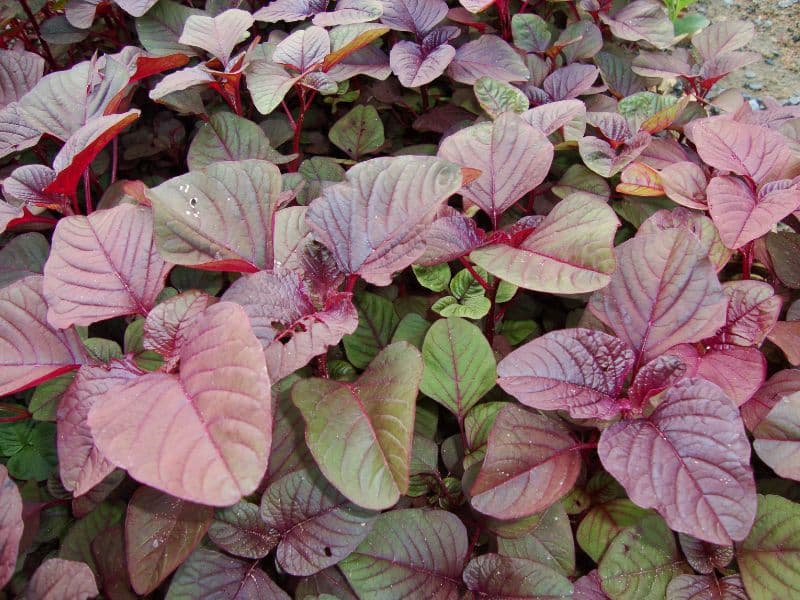
Propagation
Joseph’s coat is best propagated through cuttings during the warmer months of spring and summer. Generally, it has a moderate propagation difficulty. Signs of successful propagation include new growth and root formation.
Key tip: Use a well-draining soil mix for optimal results.
Transplanting
The best time to transplant Joseph’s coat is from early to mid-summer, as warmth and longer daylight hours promote strong growth. Choose a sunny location with well-drained soil, and consider providing some partial shade for optimal results. Remember, a gentle touch is key while handling this delicate plant!
Overwintering
Joseph’s coat thrives in tropical and subtropical climates, thus, confronting chilling winters isn’t its forte. Therefore, indoors over-wintering under bright light becomes essential. Meticulous watering, avoiding waterlogging, is crucial. Gardeners should maintain temperatures above 10°C, helping Joseph’s coat preserve its vibrant colors. Remember to reduce fertilizer use to sustain healthy growth until spring arrives.
Repotting
Repot joseph’s coat biennially to accommodate its spreading habit. Best done in early spring, this allows the vibrant, bushy foliage to come back stronger. For joseph’s coat, use a slightly larger container with fresh soil to encourage root growth. Post-repotting, ensure ample light and consistent moisture while avoiding soggy conditions. These steps will ensure the plant’s optimal performance and vivacious color display.
III. Uses and Benefits
- Ornamental uses

Joseph’s coat is a stunning plant, but it looks best in informal gardens. It is related to pigweed, and puts some gardeners off for this reason. It can have a little bit of a weedy appearance, so if you are looking for clean, tidy beds and borders, this may not be your plant. Instead, try growing one in a container to see if you like the look of it.
- Medicinal uses
The plant also has multiple medicinal uses and is used by people who are suffering from various ailments. Here are some of the top health benefits of Amaranthus tricolor that make it an excellent medicinal plant:
Promotes digestion
Amaranthus tricolor is high in fibre content that improves gut health. Moreover, it can be extremely beneficial in relieving constipation and combating the risks of colon cancer. Since fibre is known to clear the stomach, patients suffering from these conditions are recommended to eat cooked Amaranthus tricolor leaves.
Aids weight loss
The protein and fibre content in Amaranthus tricolor can be beneficial in stabilising insulin levels in the blood. It also helps limit the appetite and prevents people from overeating. This, in turn, helps in losing weight and balancing fat.
Boosts Immunity
Amaranthus tricolor is rich in amino acids, Vitamin E, Vitamin K, Iron, and Magnesium. These nutrients help boost the immune system and protect your body from harmful diseases. It also replenishes vitamin requirements in the body and prevents nutrition deficiency.
Strengthens bones and muscles
Amaranthus tricolor has a high Vitamin K content that can help with bone growth and development. The Vitamin aurally helps improve calcium absorption, which in turn aids bone growth.
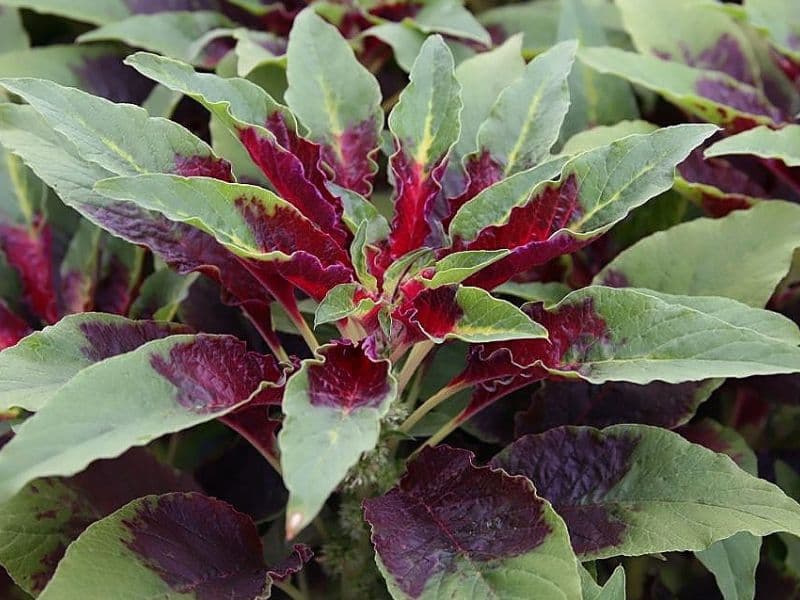
Improves heart health
Amaranthus tricolor contains phytosterols that can help in decreasing high blood pressure levels. This maintains heart health and reduces the risks of cardiovascular diseases.
- Culinary uses
The leaves and stems may be eaten as a salad vegetable. In Africa, it is usually cooked as a leafy vegetable. It is usually stir fried or steamed as a side dish in both China and Japan.
China
In China, it is referred to as xiàncài (simplified Chinese: 苋菜; traditional Chinese: 莧菜) and is often stir-fried with garlic and salt.
Korea
In Korea, the plant is referred to as bireum (비름). Small-leaved, reddish-stalked chambireum (참비름, “true bireum”) is used as a namul vegetable in Korean cuisine. Considered a san-namul (wild green) that grows abundantly in the countryside, it tends to be foraged rather than planted and harvested. It has an earthy and nutty flavor, and goes well with both gochujang- and soup soy sauce-based seasonings, and bori-bap (barley rice).
Find Where to Buy the Best Joseph’s Coat (Edible Amaranth, Amaranthus tricolor)

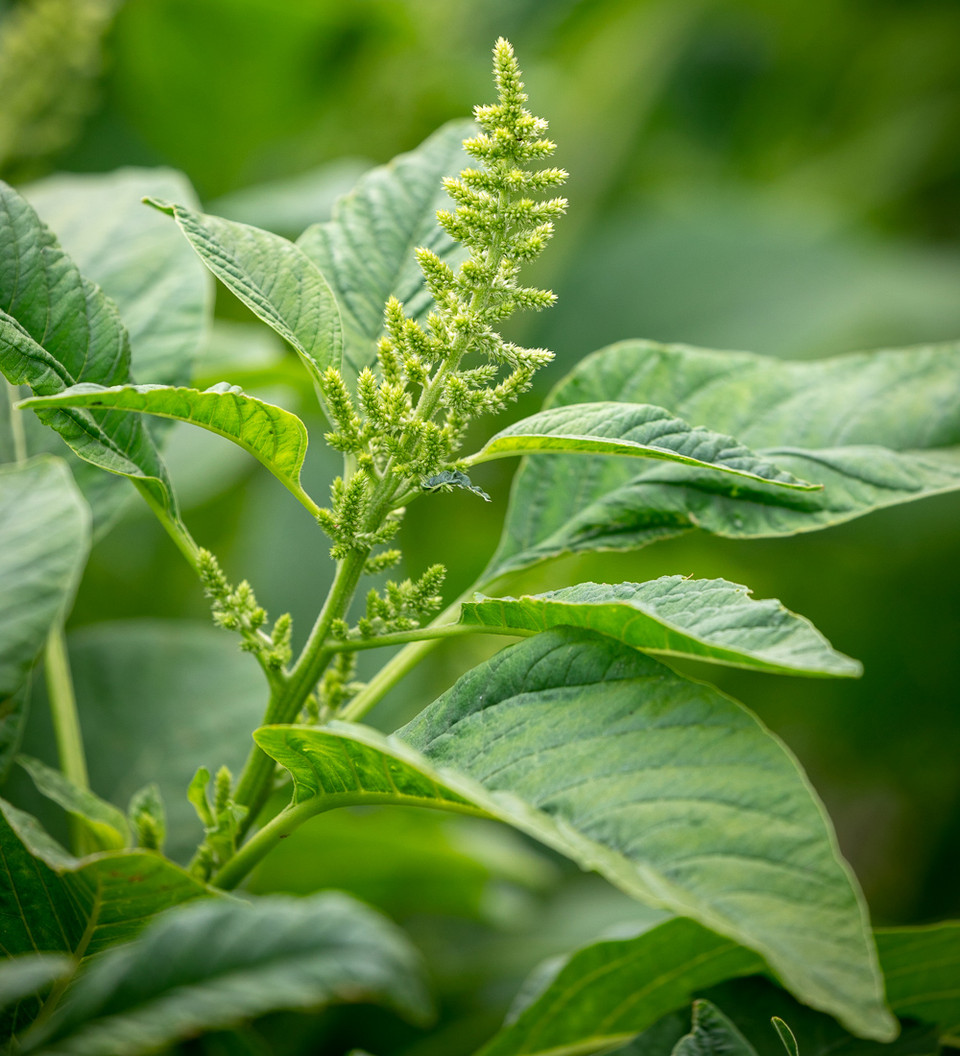



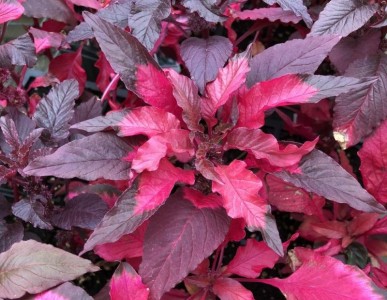

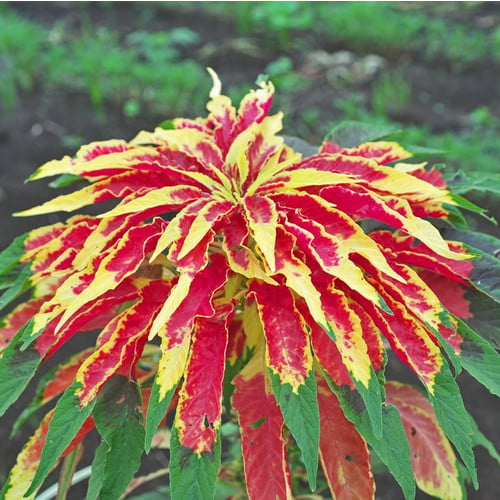
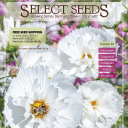
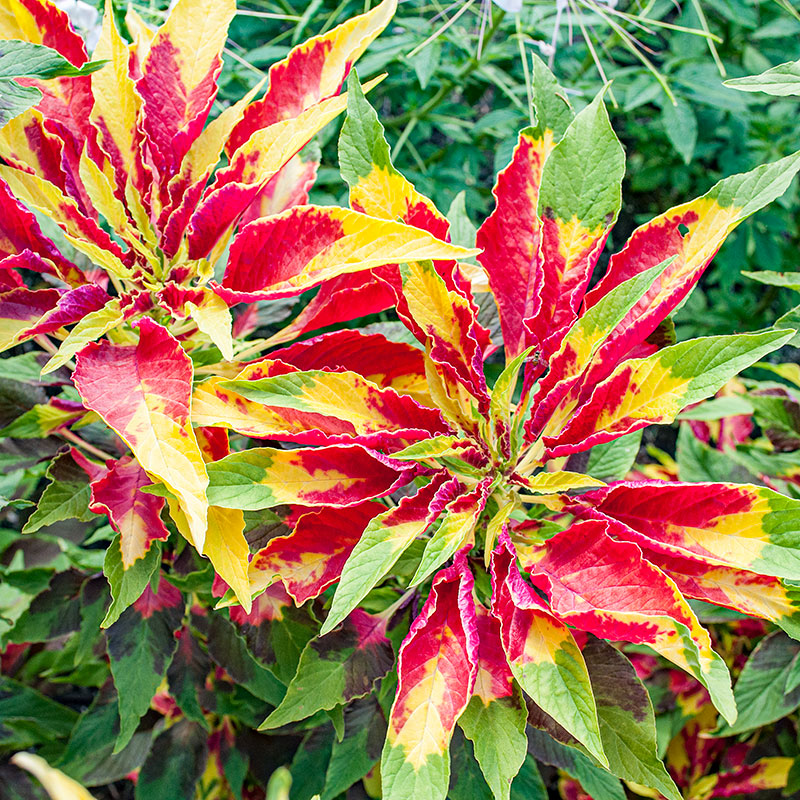
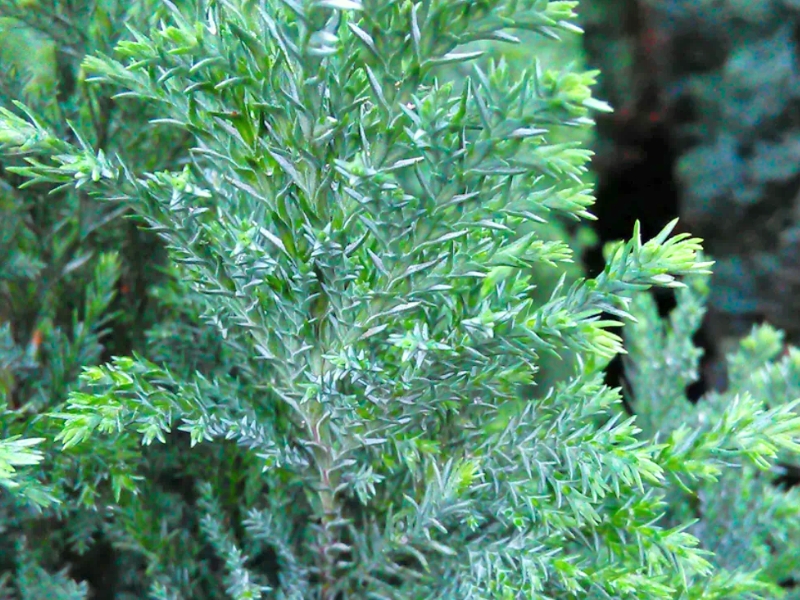

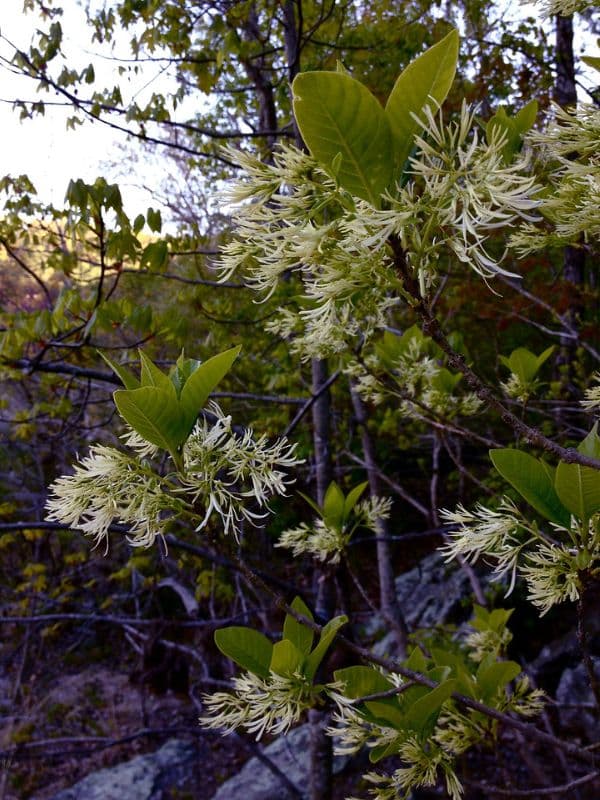
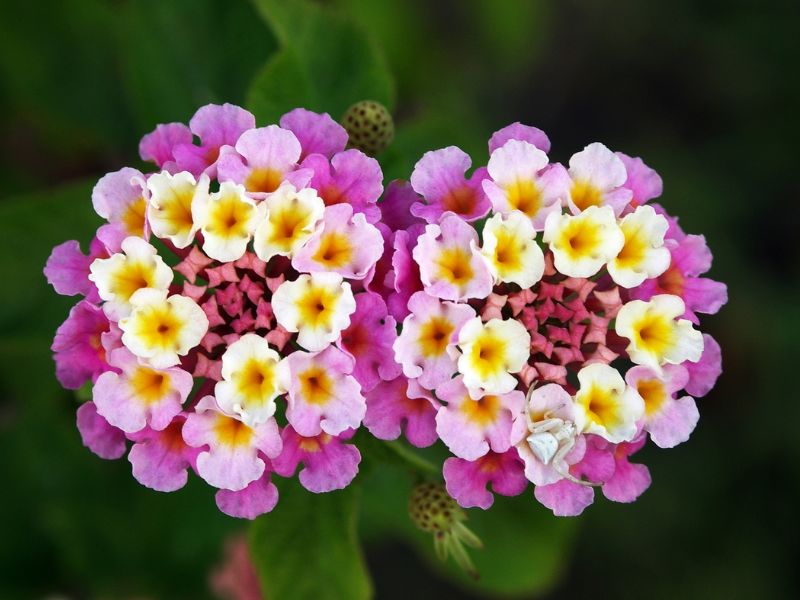
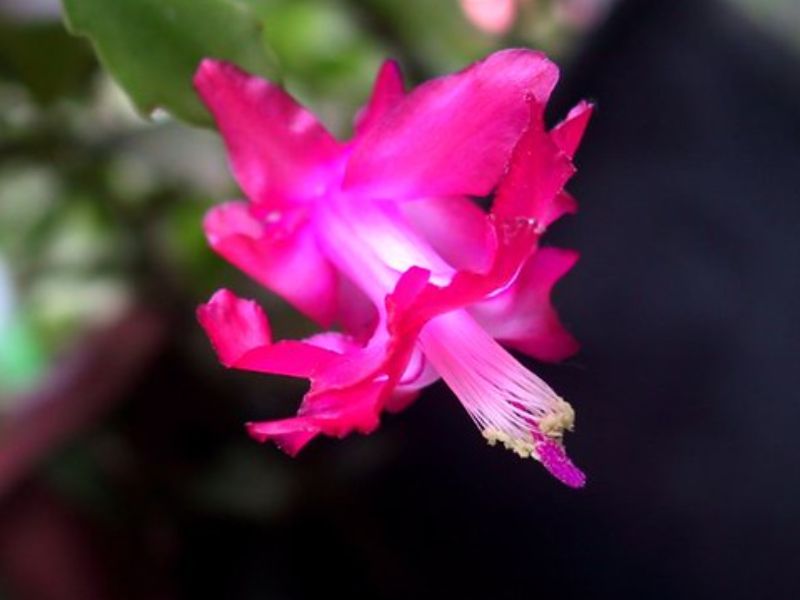
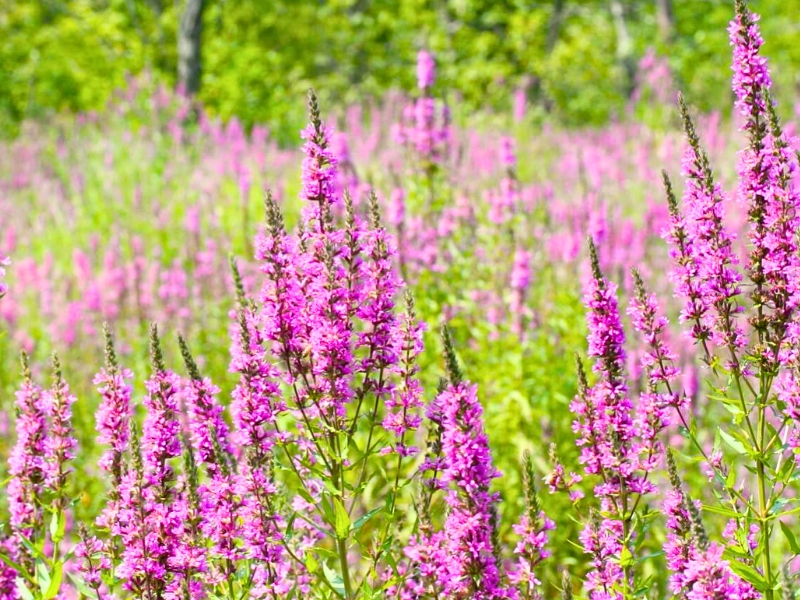
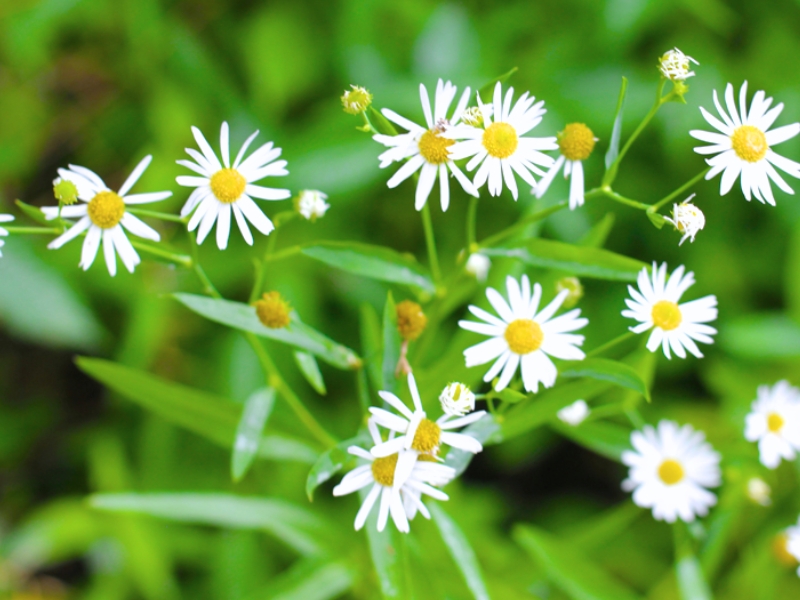
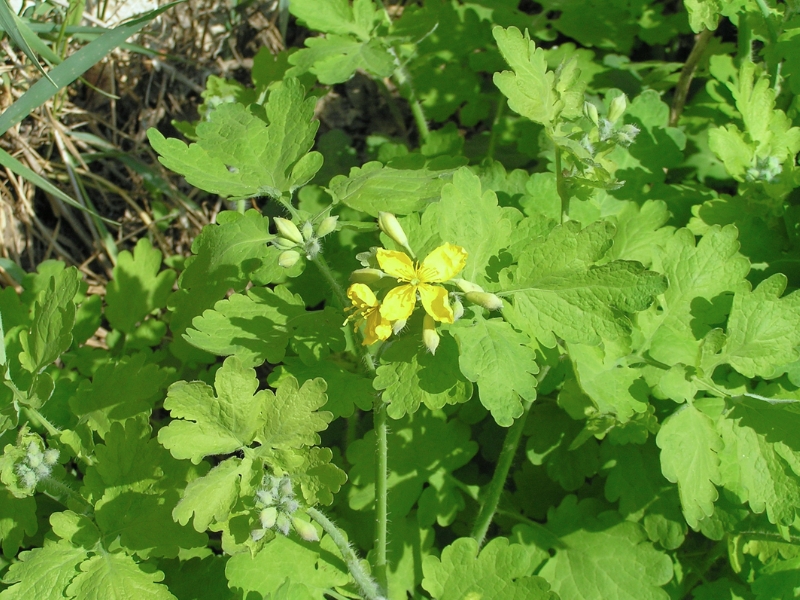
Leave a Reply